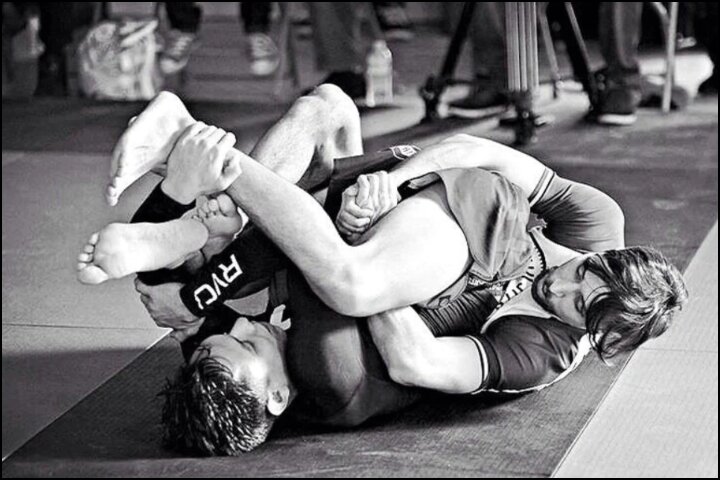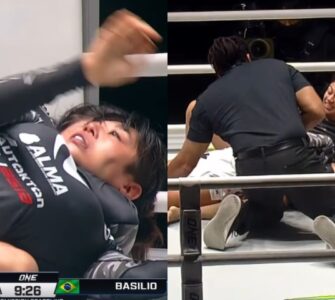Over the last five years, the sport of Jiu-Jitsu has significantly evolved. These changes should impact your approach, pushing you to continuously adapt and grow. Jiu-Jitsu keeps evolving and if you do not follow the trend, you will get left behind.
John Combs, a highly regarded and active black belt competitor in Brazilian Jiu-Jitsu who is also an All-American Wrestler, discusses the evolution and emerging trends in the sport. Combs explores several key developments that have significantly impacted BJJ, especially in competition.
Wrestling Up in BJJ
Combs emphasizes the increasing importance of “wrestling up” in BJJ. Initially overlooked or discouraged, this technique involves rising from the ground to engage in wrestling during a match. Combs shares his personal experience of incorporating this strategy, highlighting its effectiveness. He notes that while he naturally used wrestling up in his matches, studying specific strategies like setting grips and adjusting feet positions has enhanced his performance.
Combs states: “Recently, the technique of ‘wrestling up’ has gained prominence. Initially, it was somewhat discouraged, but now it’s recognized as a crucial skill for grapplers. It’s about leveraging an opponent’s movement to gain a positional advantage.”
“When wrestling up, it’s crucial to set a grip with your hand first, then adjust your feet. This technique uses the opponent’s backward motion to maintain connection and gain a positional advantage.”
Embracing Leg Locks
Another significant trend Combs addresses is the growing acceptance and integration of leg locks in BJJ. He reflects on his journey, where initially he lacked competence in leg locks, leading to several defeats. Combs stresses the importance of introducing leg lock techniques, such as heel hooks and knee bars, early in a BJJ practitioner’s career to avoid the development of bad habits and to ensure a comprehensive grappling skill set.
“I faced challenges due to my lack of proficiency in leg locks during my early competition days. It’s essential to incorporate the full range of leg locks, including heel hooks and knee bars, into training early on.”
Cross Body Ride and Truck Position
Combs also talks about the cross body ride or truck position, drawing from his experience as a leg rider in high school and college wrestling. He underscores the effectiveness of this position for taking the back and highlights the importance of locking up the triangle to control the opponent’s hips.
“My background as a leg rider in wrestling led me to appreciate the cross body ride or truck technique. This approach is incredibly effective for back takes and maintaining control.”
Turtle Position as a Powerful Tool
The turtle position, often underestimated in BJJ, is another area Combs delves into. He argues that when executed correctly, the turtle position can be as effective as a seated guard, offering significant combat effectiveness.
“I’ve come to realize the effectiveness of the turtle position. It’s as combat-effective as the seated guard, offering significant strategic advantages.”
Dealing with Top Pins and Frames
Combs shares insights from a recent competition experience where he realized the need to improve his approach to top pins and countering inside frames. He discusses learning new ways to counter frames, not just with hands but also using hips and legs, which has opened up new avenues in his grappling strategy.
“I’ve been exploring advanced techniques for attacking from top pins. It’s not just about using hands; it involves strategic hip positioning and leveraging legs against the opponent’s frame.”
Through this discussion, John Combs paints a picture of a dynamic and evolving sport where techniques from wrestling and judo are being integrated into BJJ. He emphasizes the need for practitioners to continuously learn and adapt, keeping abreast of new trends and techniques to stay competitive in the ever-changing landscape of Brazilian Jiu-Jitsu.

















